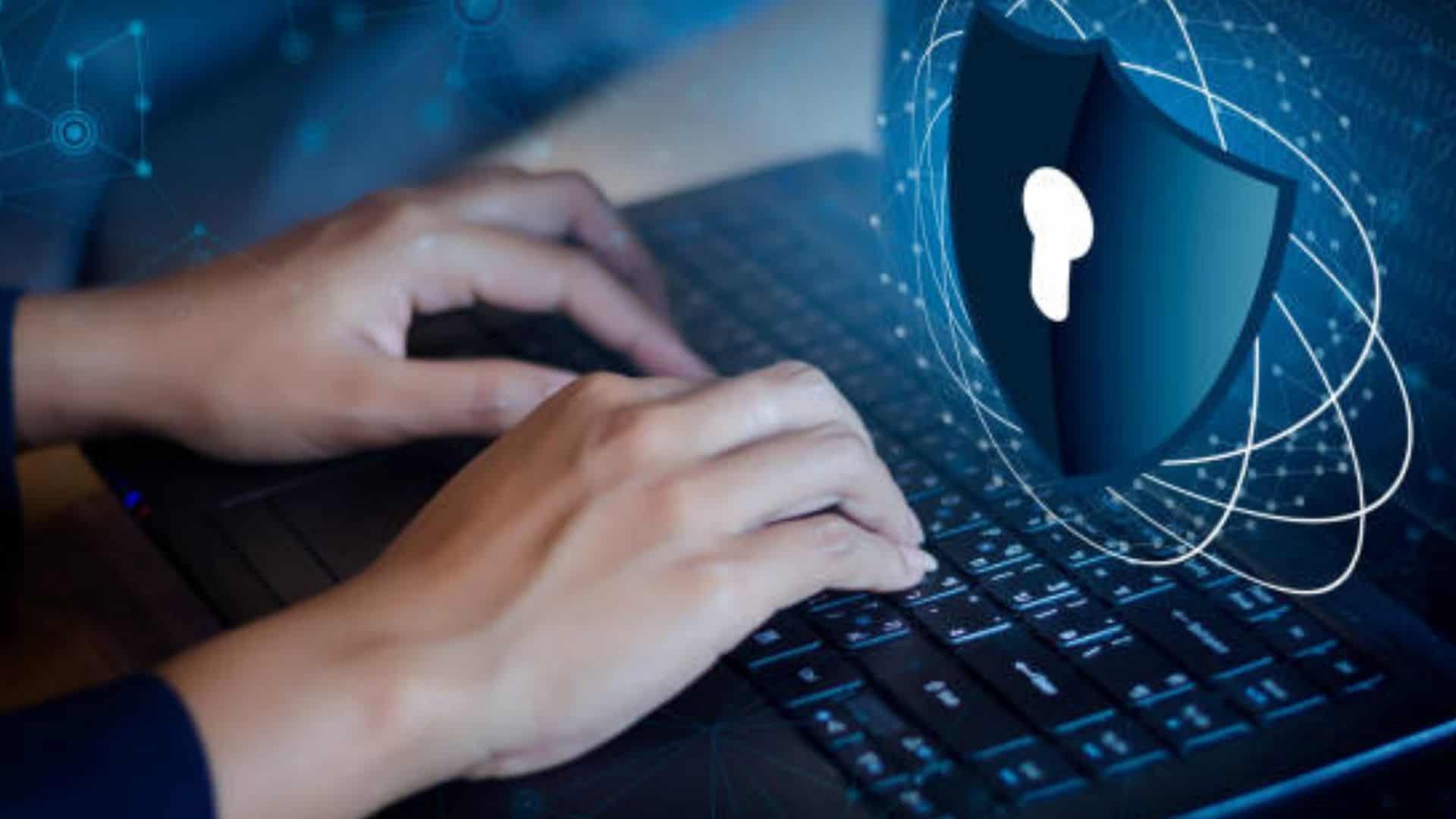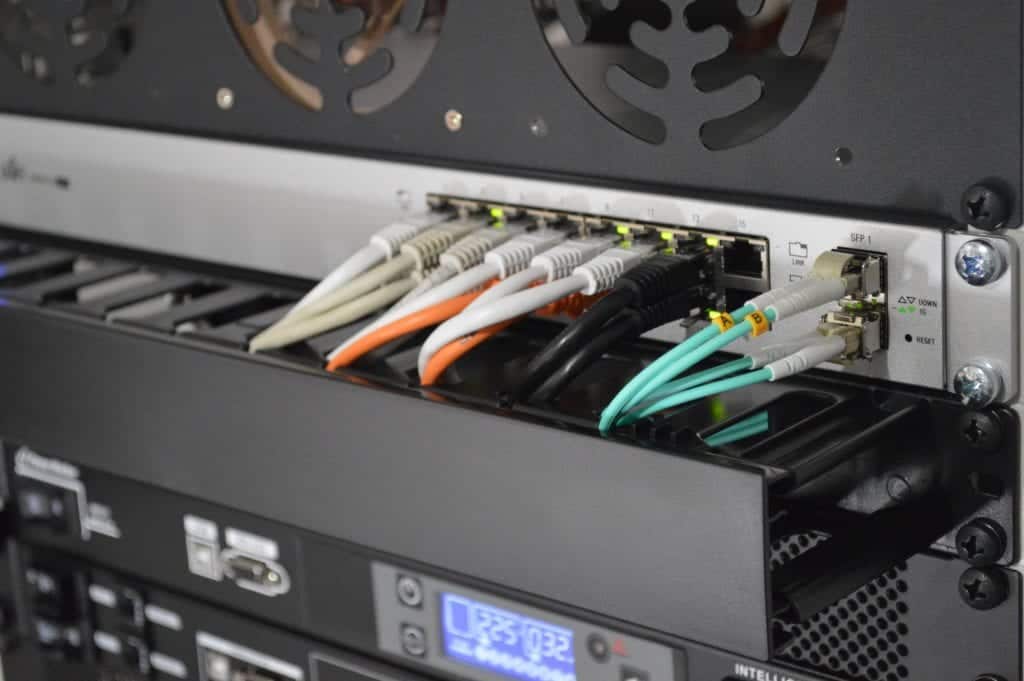Beginners should not be discouraged from pursuing cybersecurity courses. Even the most technologically proficient individuals need periodic Cybersecurity Training. Technology, cyber threats, and vulnerabilities are all evolving at breakneck speed.
The purpose of cybersecurity training is to educate your employees on how to protect the most sensitive information in your organization. Employees should be able to comprehend what is at risk and where problems may occur when the project is done. They should also be competent in detecting hazards and putting together a good response to those risks.
Many different types of assaults are countered by the required training. When new sorts of attacks emerge, new types of training must be implemented to keep up with the evolving threats.
Cybersecurity initiatives should be maintained on an ongoing basis inside an organization. The acquisition of new information is just as vital as the retention of existing knowledge.
The ability to recognize the need for cybersecurity training is just half of the fight. Being aware of cyber risks is one thing; knowing how to recognize and eliminate them is an entirely other matter.
For this reason, genuine cybersecurity training incorporates both instruction and “live fire” assaults in addition to simulations. Live fire assaults are designed to replicate various cyberattacks, including everything but the real results of the attack. Employees are compelled to recognize and fight against assaults as a result of this.
The following are the reasons why cybersecurity training is important: The financial and personal costs of a data breach are discussed.
Data is the key ingredient in your company’s success.
A data breach exposes sensitive information to the general public. Worse, they provide sensitive information such as social security numbers and bank account details to other parties.
The loss of client information carries with it an almost insurmountable blow to your company’s brand image. You may never recoup the clients that you have lost.
The financial ramifications of this decision do not stop there. Any governmental compliance body has the authority to impose further sanctions against your company. Compliance-specific training is essential for workers to learn what they must do to comply with industry standards. Many training providers, such as ITSG and KnowBe4, provide a wide range of programs that are geared to a variety of common compliance criteria.
Any organization that deals with sensitive information should do yearly cybersecurity training. This includes any personal information about consumers as well as any proprietary information.
Consider the catastrophic financial losses mixed with the frequency with which user mistake results in a breach. With increasing frequency, the requirement for cybersecurity training becomes apparent.
Moreover, these figures apply to ALL organizations, not just enterprise-level ones.
Having staff who will not expose you to the danger of a data breach can help to reduce your chances of financial disaster.
Entry using a mobile device
Cyberattacks began targeting more mobile devices than ever before starting in 2020.
As a result of the COVID-19 epidemic, the number of people working from home rose dramatically. Furthermore, remote labor significantly increases the attack surface for mobile devices used by businesses. When it comes to cyber assaults on mobile devices, they are essentially identical to those that occur on in-office endpoints.
Remote employees are often connected to networks that are much less secure than those used in the office. As a result of the epidemic, many networks were adapted to enable access to business data by devices other than those belonging to the organization.
Cybercriminals made the necessary adjustments, as they always do. As we’ve discovered, human mistake is the most common cause of cybersecurity problems in organizations. As a result, increasing the number of personnel exposed to unprotected networks is a formula for catastrophe.
There are a variety of approaches that may be used to mitigate vulnerabilities on remote devices. To mention a few options, virtual desktops, terminal servers, and conditional access regulations are all viable options.
Also beneficial is the use of work devices that are already pre-configured with security settings, which ensures consistency. Additionally, consider implementing a Bring Your Own Device (BYOD) policy. Employee Bring Your Own Device (BYOD) rules guarantee that unauthorized devices do not get access to your network. If these devices are not configured with the appropriate security settings for your organization, they put you and your employees in significant danger.
Insider threats are a kind of danger that occurs inside an organization.
The danger of a cyberattack may sometimes emerge from inside your organization’s ranks of employees. Especially in the event of unhappy personnel, access and authorization might be used to their advantage. Users who are contractors or workers who are being off-boarded may also make use of this service.
Consider the scenario of a formerly difficult employee getting fired for good reason. Perhaps this former employee seeks retribution by taking corporate data on his or her way out the door, to resell it for a profit later. This is just one example of a possible insider danger, and there are many more. Insider threats might also come from simple negligence. On rare occasions, an employee may forget to log off of their computer at the end of the day or mistakenly send information to the incorrect recipient through email. Perhaps they use the words “qwerty” and “password” to protect their computers.
By implementing rigorous conditional-access regulations, you may contribute to the reduction of technology-associated insider risks. Employees should only be given access to information that they need, and they should be barred from accessing information that they do not. This is the most effective method of keeping outside eyes and hands away from corporate data.
Employees’ carelessness may be curbed by cybersecurity training or through the implementation of basic, necessary procedures. For additional information, please see our free cybersecurity checklist.







